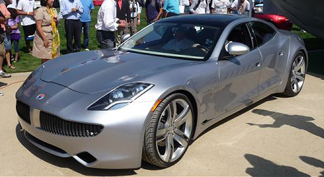
Fisker Karma at Laguna Seca
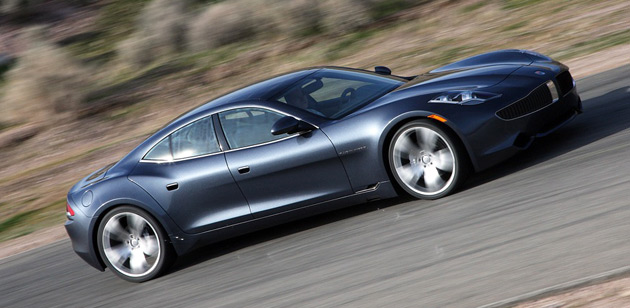
The Fisker Karma plug-in hybrid will cost $87,900 and start delivery in November
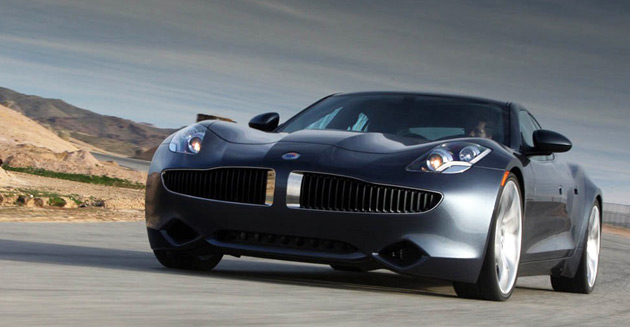
Before the arrival of the low-cost model, Fisker plans to launch a more practical, family-oriented version of the Karma
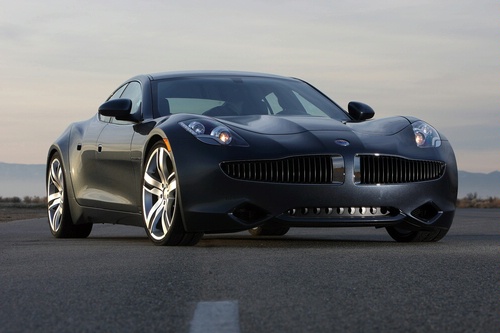
2009 Fisker Karma
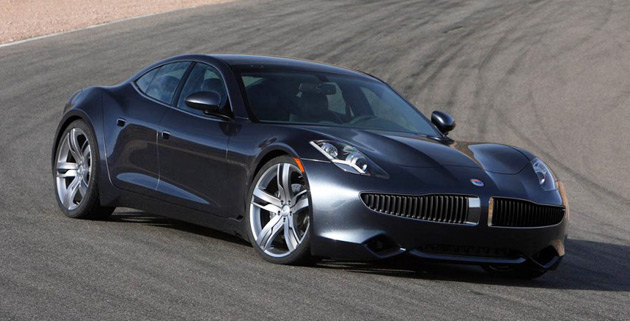
The Fisker Karma plug-in hybrid will cost $87,900 and start delivery in November
It hit the track and drove in public for the first time just last month at Laguna Seca during the Pebble Beach Concours, and now Fisker Automotive has released the first fuel efficiency figures for its upcoming Karma luxury plug-in hybrid sedan. The figures are not your typical EPA estimates, however, but results from the Society of Automotive Engineers (SAE).
The SAE ratings say the Fisker Karma is good for 67 mpg - an impressive result, especially given the Karma's rather un-hybrid-like six-second 0-60 mph time, 403 horsepower and luxury/sport design. The Karma is also clean, emititng just 83 grams of CO2 per kilometer traveled.
“The Fisker Karma is the future of driving,” said Henrik Fisker, CEO. “It proves we can drive environmentally responsible cars without sacrificing the emotional things that made us fall in love with cars in the first place.”
But is there more to the story? Of course there is.
While it could cost just 3 cents per mile to run the Fisker Karma plug-in hybrid - under near-ideal circumstances - the reality is that it will depend on how you use it. Drive it in performance mode with your foot to the floor, and you'll see considerably less efficiency. Plug it in everywhere you go and rarely dip into the gasoline-powered generator's reserve and you'll see considerably more.
As John Voelcker at Green Car Reports points out, there are a lot of issues with determining the fuel efficiency rating of series hybrids. "Performance mode" is a particular killer in the Karma, since it sucks down the relatively efficient grid-derived battery electricity and brings on the need for the dino-juice-powered generator sooner.
The more efficient "Stealth" mode lets the car operate closer to its full potential, though Fisker sees a mixture of the two modes as the most "real world" scenario for owners of the Karma. Under such conditions, Fisker estimates the Karma's fuel costs at about 7 cents per mile.
Another important thing to keep in mind is that the SAE methods do not duplicate the EPA's, so the rating the government issues may also differ. But whatever the final number the Karma ends up wearing in its window, it's impressive to see a vehicle with the Karma's capabilities - at least on paper - coming to production.
[Fisker]
